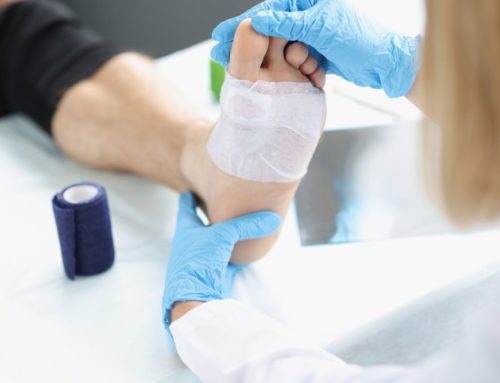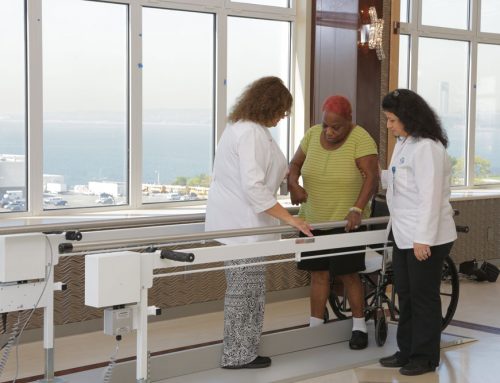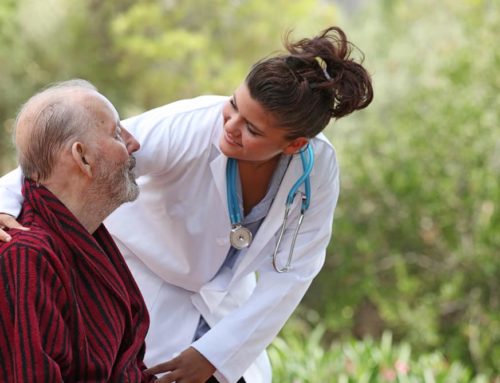Chronic obstructive pulmonary disease is a long-term issue that affects your lungs and makes breathing difficult. It is commonly caused by long-term exposure to lung irritants, including smoke, dust, chemicals, or air pollution. In most cases, COPD is preventable, though once you’ve contracted it, it can’t be cured.
Luckily, there are treatments available for those with COPD. These include physical therapy, oxygen therapy, medications, and in severe cases, surgery. Many of these treatments control your symptoms and help you breathe easier. Let’s take a closer look at COPD, its symptoms, and how therapy can help.

What Is Obstructive Pulmonary Disease?
Chronic obstructive pulmonary disease is a blanket term that describes any long-term lung condition that affects your ability to breathe. A few medical conditions fall under this umbrella, including emphysema, chronic bronchitis, and refractory asthma.
Regardless of the condition, COPD affects the lungs, inflaming and thickening the airways and destroying oxygen-exchanging tissue. As well as breathing difficulty, less oxygen reaches your body tissues, reducing their ability to remove carbon dioxide.
COPD is most common in smokers, though long-term exposure to dust, chemicals, burning fuel, or air pollution are also contributors. Those with asthma could develop COPD, especially with long-term exposure to lung irritants. Though rare, a genetic disorder alpha-1-antitrypsin deficiency could cause COPD in some individuals.
The severity of chronic obstructive pulmonary disease can vary, depending on a few factors. Women are more susceptible to COPD due to smaller lung sizes. Higher exposure to lung irritants, ignoring symptoms, or failure to seek treatment also affect the severity.
Signs and symptoms
Several symptoms are associated with chronic obstructive pulmonary disease. The most common symptom is shortness of breath, especially when exerting yourself. It is also frequently ignored as a normal part of physical activity until other symptoms appear.
Those with COPD may experience chest tightness, wheezing, and a chronic cough accompanied by mucus. Reduced energy, frequent respiratory infections, swelling in the lower extremities, and blue lips or fingernails are also signs of COPD. In the later stages, some individuals experience unplanned weight loss. Symptoms could vary in severity, with worsening conditions for several days before they temporarily subside.
How does therapy improve survival in COPD?
A few treatment options are available for chronic obstructive pulmonary disease. These are designed to control your symptoms and slow the progression of the disease. Therapy can also reduce the risk of complications associated with COPD so you can lead an active life.
Pulmonary rehabilitation programs combine physical activity, education, dietary advice, and counseling. These programs are tailored to match your condition, meeting your needs to help you reach your goals. You learn more about the disease and how to manage it. Emotional support is also part of this therapy to help manage stress, depression, or anxiety related to COPD.
Oxygen therapy has four main benefits for those with COPD. It reduces shortness of breath, especially while exercising, so you can stay active. Higher oxygen levels also decrease fatigue so you can perform all your usual tasks and activities. Low oxygen levels affect sleep, so night-time oxygen therapy ensures a restful night.
This content comprises informative and educational resources only and can not be considered as a substitute for professional health or medical guidance. Reliance on any information provided in this article is solely at your own risk. If you have any inquiries or apprehensions about your medical condition or health goals, talk with a licensed physician or healthcare provider.






Leave A Comment